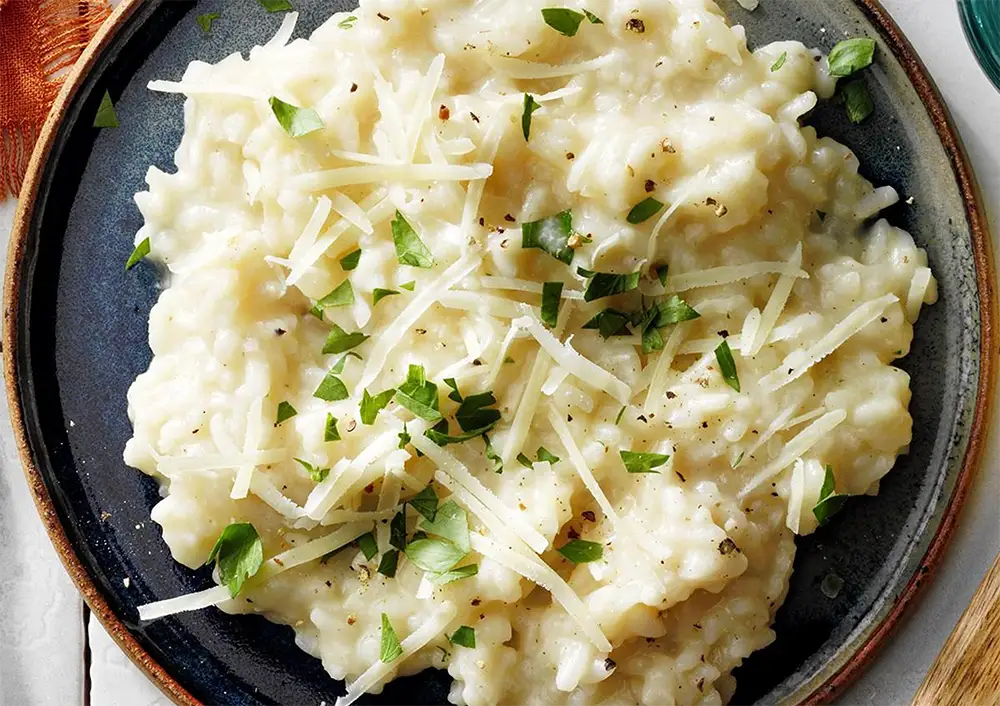Jersey Tomatoes
Fruit or Vegetable?
The tomato is the edible fruit, technically a berry, of the plant Solanum lycopersicum, commonly known as a tomato plant. The species originated in western South America and Central America. The Nahuatl word tomatl gave rise to the Spanish word tomate, from which we get the English word tomato. The tomatoes domestication and cultivation may have originated in Mexico. The Aztecs used tomatoes in their cooking at the time of the Spanish conquest, and the Spanish brought the plant to Europe. Now, the tomato is consumed many ways, raw or cooked, in many different cuisines, dishes, sauces, salads, and drinks.
Botanically, a tomato is a fruit—a berry of a flowering plant. However, the tomato is considered a “culinary vegetable” because it has a much lower sugar content than culinary fruits; it is typically served as part of a salad or main course of a meal, rather than as a dessert. Tomatoes are not the only food source with this ambiguity; bell peppers, cucumbers, green beans, eggplants, avocados, and squashes of all kinds (such as zucchini and pumpkins) are all botanically fruit, yet cooked as vegetables. This has led to legal dispute in the United States. In 1887, U.S. tariff laws imposed a duty on vegetables, but not on fruit, which caused the tomato’s status to become a matter of legal importance.
In NJ, the Tomato is King
Here in New Jersey, summertime is synonymous with ripe, red, luscious tomatoes. For the last several years, the New Jersey Agricultural Experiment Station at Rutgers University has been working to capture the incredible Jersey Tomato flavor, investigating the elements of tomato culture which contribute to superb tomato taste, as well as re-developing the trio of classic tomato varieties that grow best, and taste best, in New Jersey.
So, what are the best tomatoes to plant in New Jersey?
Moreton F1
Harris Seeds released its first hybrid tomato, the Moreton F1, in 1953. It quickly became known as the “July 4th Tomato” because it ripens so early in the season. Moreton is a soft-walled tomato–a characteristic admired by classic Jersey Tomato lovers but a disadvantage for commercial growers who need a tomato that will pack and ship well.
Since most tomato seed breeders cater to the commercial growing industry, the Moreton fell out of favor, and then was lost when Harris Seeds was sold and its seed stock sold in 1991. The Rutgers New Jersey Agricultural Experiment Station (NJAES) has re-discovered the missing parent stock and is once again offering Moreton F1 seeds for home and commercial growers. NJAES describes the Moreton as an excellent early-season eating variety well-suited to New Jersey growing conditions.
Ramapo
The Ramapo F1 hybrid tomato was developed by NJAES in 1968. While it is one of the tastiest, juiciest mid- to late-season tomatoes for home growing, it was dropped from most seed catalogs because it was not as productive by volume as some other varieties favored by commercial growers.
In testing, NJAES discovered that the Ramapo had superb old-fashioned tomato flavor, and is well suited to New Jersey home garden growing. At the time of writing, seeds are once again available through NJAES.
Rutgers
The Rutgers tomato, an open-pollination variety, was introduced in 1934 and became the standard variety for most commercial tomato canning operations for decades thereafter. Just as flavorful as ever, the Rutgers is no longer grown commercially as harvest and factory canning processes have changed and now require harder, less juicy types that ripen at more uniform times. For home growing, however, the Rutgers tomato remains a superb choice, especially under New Jersey’s growing conditions.
Rutgers tomatoes are meaty, with small seed cavities, ripening from the inside out and yielding a sweet, low-acid juice and nice medium-sized slices for sandwiches and salads. Seeds for Rutgers tomatoes are available through many garden supply catalogs, and because it is an open-pollination type, seeds saved from year to year will continue to produce new crops of flavorful tomatoes. Author, Cindy HillSeptember 2017, Garden Guides
Nutrition
A tomato is 95% water, contains 4% carbohydrates and less than 1% each of fat and protein (table). 100 g of raw tomatoes supply 18 kilo calories and are a moderate source of vitamin C (17% of the Daily Value), but otherwise have no significant nutrient content, being mostly water.
Recipes
Heirloom Tomato Gazpacho
Heirloom Tomato Tart
Tomato Ricotta Tart
Tomato Soup with Grilled Cheese Croutons
White Beans and Tomato in Broth
Peach and Tomato Caprese Salad
Everything you ever wanted to know about tomatoes.
Recipe Box
Lorem Ipsum is simply dummy text of the printing and typesetting industry.
Parmesan and Shallot Risotto
A yummy side to warm your heart and taste buds!
View All Recipe
Stay Connected
Sign up for e-news to learn about special events and offerings.